Vintage Trash: Reel Wild Cinema Free Online (and Legal!)

As many of you will remember, back in the 1980s and 90s there was a huge increase of interest in old B movies. People of my generation who had grown up watching “Godzilla vs. the Smog Monster” on rainy Saturday afternoons, or snuck down to the TV room to catch Creature Features on the late late show, were now in college or work and had money to spend. Suddenly VCRs across the nation were being filled with monster films, 1930s exploitation films, Italian Mondo films, and every other kind of vintage oddity. It was a wave of ironic nostalgia that put the later hipster movement to shame.
Magazines like Psychotronic Video and Cult Movies Magazine were crammed with articles about obscure directors and their output, along with lots of great movie stills and posters. There were also ads for various film distributors, one of the most popular being Something Weird Video.
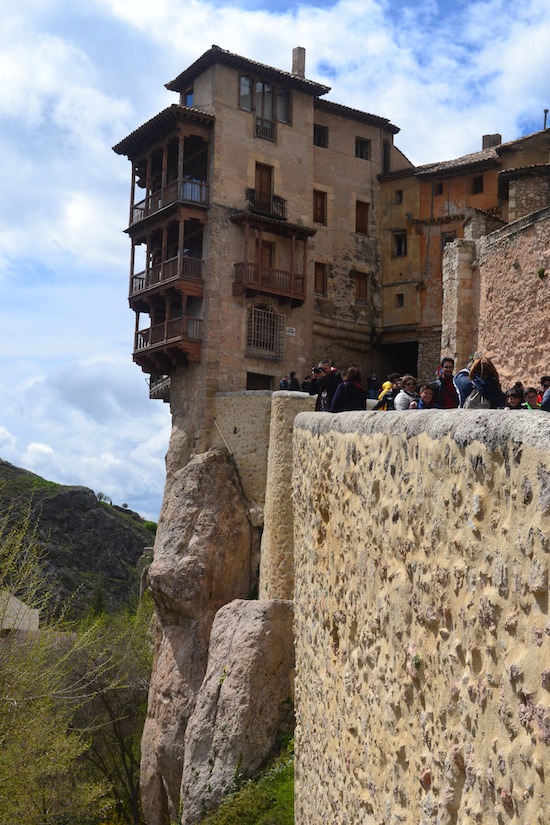
 Many, many years ago I worked at a used bookstore called Bookmans in Tucson. Everybody from Arizona knows Bookmans. They have several stores around the state and they’re all as big as supermarkets, filled with used books, music, and games. Most books are half cover price, and employees got a 50% discount. Sometimes the manager would be like, “You did a good job today, Sean, take a book.”
Many, many years ago I worked at a used bookstore called Bookmans in Tucson. Everybody from Arizona knows Bookmans. They have several stores around the state and they’re all as big as supermarkets, filled with used books, music, and games. Most books are half cover price, and employees got a 50% discount. Sometimes the manager would be like, “You did a good job today, Sean, take a book.”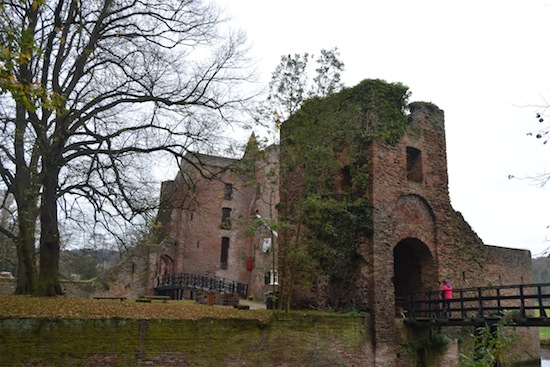
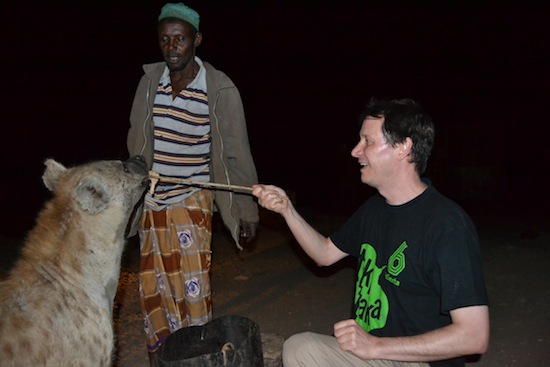

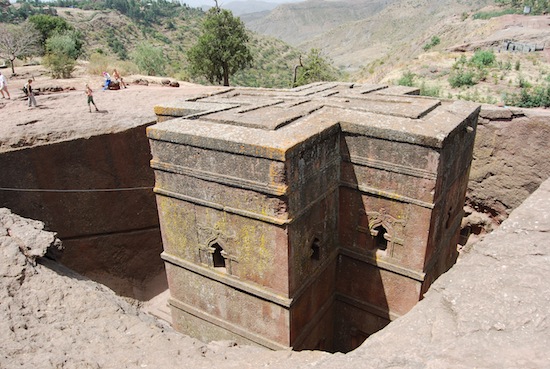
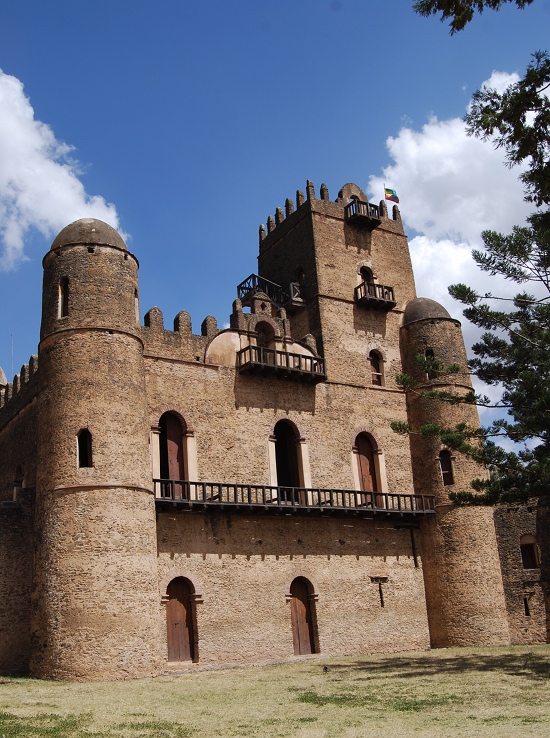
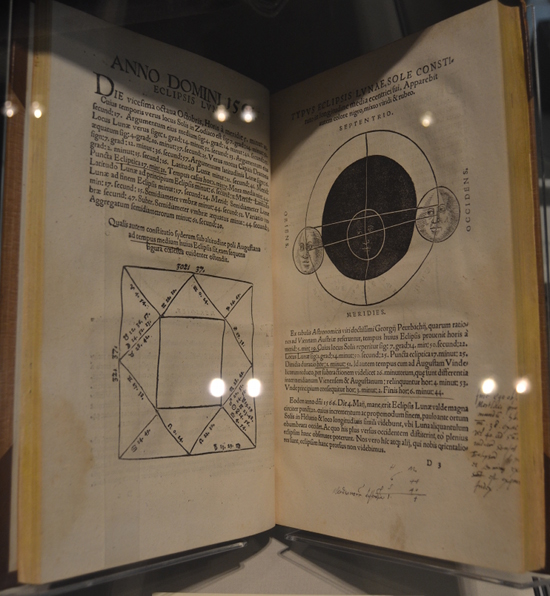
 Today we’re talking to
Today we’re talking to